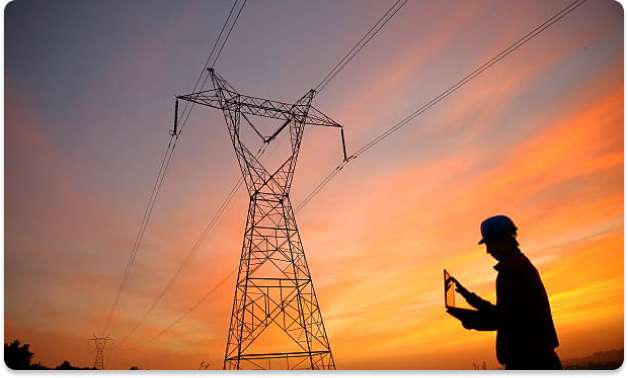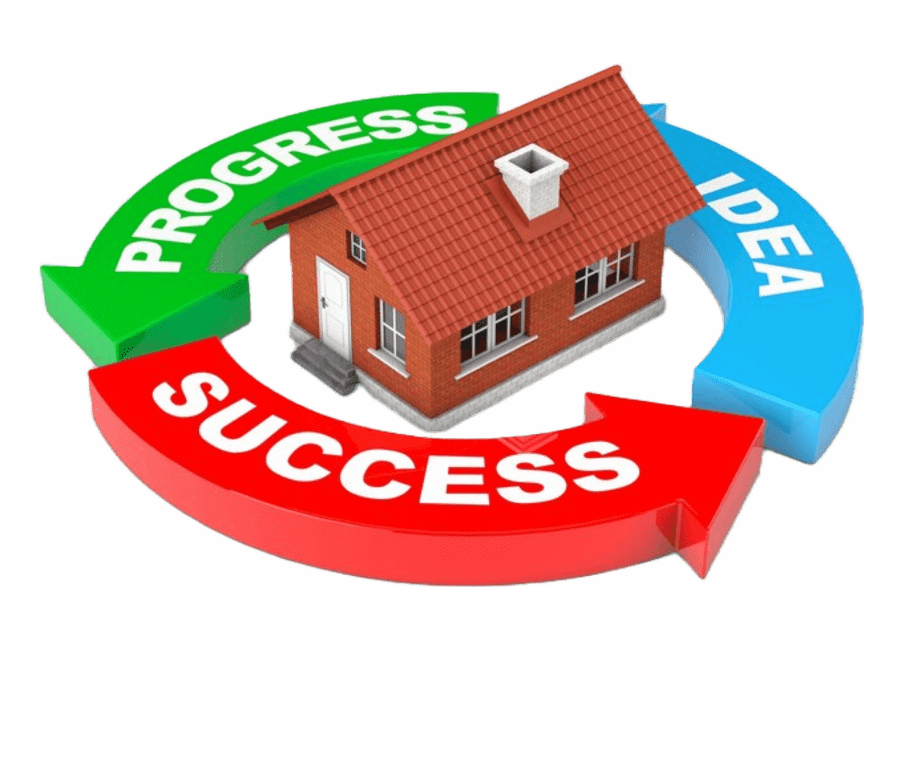Design for Sustainability
1.
Streamlined Design Process
Our experienced consultants can determine the optimal combination of sustainable design features for each building.
2.
Maximize Building ROI
We review your design based on a 270 value point system that covers all performance areas, including utility services and maintenance
3.
Qualify for Green Building Certifications
Our consulting service improves multiple aspects of building performance, including those required for ENERGY STAR and LEED Certification.
Why
EOS Labs
Every consultant on our team has at least 10 years of experience in design, construction, maintenance, sustainability, or facilities management.
Buildings Served
energy savings
Risk-Free Service!
-
Credentials
-
Professional Engineers - PE
-
Certified Energy Manager – CEM
-
LEED ACP(BD+)
-
PhD
-
ISO 9001 Auditor
-
RFMP and more

Design for sustainability (DfS) focuses on reducing the environmental and social impact of buildings. Recent data from the International Energy Agency (IEA) shows that buildings account for 30% of global energy consumption and 33% of CO2 emissions. Energy consumption accounts for 27% of these emissions, while construction materials account for the other 6%.

Building design decisions can have a significant impact on both energy consumption and occupant wellbeing:
-
The US Environmental Protection Agency has found that air pollutant concentrations can be 2 to 5 times higher in building interiors, compared with outdoor spaces, and we currently spend 90% of our time indoors.
-
Energy efficiency upgrades can have a negative impact on indoor environmental quality when they are poorly designed. For example, a ventilation control that reduces airflow excessively as a way to save fan power can result in high pollutant concentrations.
Reducing the Carbon Footprint of Your Building Portfolio
There are two main factors that determine the carbon footprint of buildings:
Energy consumption throughout their lifetime
The selection of construction materials
The latest data from the IEA shows that energy consumption represents around 80% of building sector emissions, while construction materials account for the remaining 20%. Both environmental impacts can be reduced through smart design decisions: implementing energy efficiency and renewable sources upfront, and using sustainable construction materials.
In new constructions, there is an excellent opportunity to reduce both types of emissions through sustainable design. In existing buildings, the emissions associated with energy consumption can be greatly reduced through energy efficiency measures and retrofits, but the emissions embodied in construction materials have already been released.
-
Embodied emissions represent a lower percentage of total building emissions, but very little can be done about them after the design and construction process.
-
Emissions from energy consumption are much higher, but they can be addressed throughout the service life of buildings.

There are many technologies that lower the emissions associated with energy consumption in buildings. However, most of them accomplish one of two goals: reducing energy consumption directly, or replacing traditional energy sources with renewable sources.
-
A building retrofit that improves insulation while upgrading HVAC equipment is an example of a project that reduces consumption directly.
-
On the other hand, a commercial solar energy system can reduce the consumption of grid electricity generated from fossil fuels. Total electricity consumption doesn’t change, but part of that consumption is now covered with clean onsite generation.
-
In both cases, there is a reduction of building energy costs and GHG emissions
Energy efficiency measures should be analyzed not only based on their economic benefits, but also how they affect indoor environmental quality. In other words, energy efficiency should not be accomplished at the expense of wellbeing. For example, an LED upgrade should not reduce lighting quality, and HVAC controls should not reduce ventilation to a level that allows the accumulation of air pollutants.
Reducing Embodied Carbon and Construction Waste
Lowering the emissions embodied in construction materials requires a different approach. The manufacturing process of building materials is important, but also their location:
-
When materials must be shipped across large distances to reach a project site, their delivery has a higher carbon footprint.
-
Even if the production facility uses a high percentage of renewable energy, some of the environmental benefits are negated by transportation emissions.

To reduce embodied emissions in construction materials, the entire supply chain must be considered: raw materials extraction, manufacturing, shipping and construction. Adequate material choices can also improve indoor air quality; for example, materials with a high concentration of VOCs (volatile organic compounds) should be avoided, especially indoors.
Upgrading equipment with a high energy consumption is effective when you want to lower building emissions, but this does not apply for existing materials with high embodied emissions.
-
Replacing these materials is actually worse, since they become waste, and the environmental impact of new materials used is added to the overall carbon footprint of your building.
-
Replacing old building materials makes sense when they represent a health hazard for occupants: this is the case for lead-based paints and asbestos.

Designing Sustainable Buildings with BIM and Energy Modeling
The environmental impact of a building can be greatly reduced by saving on construction materials initially, and lowering energy consumption throughout its lifetime. There are two powerful tools that can help you accomplish these goals: Building Information Modeling (BIM) and Energy Modeling. At EOS Labs, we have ample experience implementing both methods across multiple industries.
Building modeling and simulation tools can compare the performance of various design options, before investing capital in an actual property. Building owners can rely on these design tools to reduce their material costs, energy consumption and environmental impact.
BIM goes beyond the traditional design process, using 3D building models that contain both geometric and technical information.
-
BIM software can automate material takeoff, cost estimates and other calculations that are very time-consuming when using manual methods.
-
Design engineers can use BIM to compare the material requirements of multiple design options in a very short time.
Energy modeling uses multiple inputs to simulate the energy consumption of a building with high accuracy. These include building geometry, construction materials, insulation levels, equipment, occupancy rates, operating schedules, local energy prices and even weather conditions. Actually, many BIM software packages now include energy modeling features.
Benefits of Sustainable Building Design
Design for sustainability not only offers environmental and social benefits – sustainable construction is also a smart business decision. Sustainable buildings have lower ownership costs than those meeting minimum code requirements, and they also offer a marketing advantage for commercial real estate developers:
-
When potential tenants notice that a building is LEED or ENERGY STAR Certified, they immediately know its energy costs and greenhouse gas emissions are lower.
-
Sustainable buildings also have a higher sales value, since potential buyers are aware of their lower ownership costs.

36% of nationwide
energy usage
30% of CO2
emissions
65% of electricity consumption
30% of raw
materials usage
12% of nationwide
water usage
30% of waste output (60% of waste excluding the industrial sector)
Sustainable design can help address these environmental impacts, while offering a financial return for building owners. According to the US Green Building Council (USGBC), a building that meets LEED requirements will typically use 25% less energy and 11% less water, while reducing its total emissions by 34%.LEED buildings also have a 21.4% higher market value and 11.1% higher rents, on average.
The US Environmental Protection Agency has found that buildings waste up to 30% of the energy they consume, but the associated emissions still reach the atmosphere. Energy efficiency projects can greatly reduce the carbon footprint of the building sector.
EOS Labs can help you improve both sustainability and financial performance across your building portfolio. All of our consultants have over 10 years of experience, and our VMP is based on 270-value points that have been proven in multiple projects.
